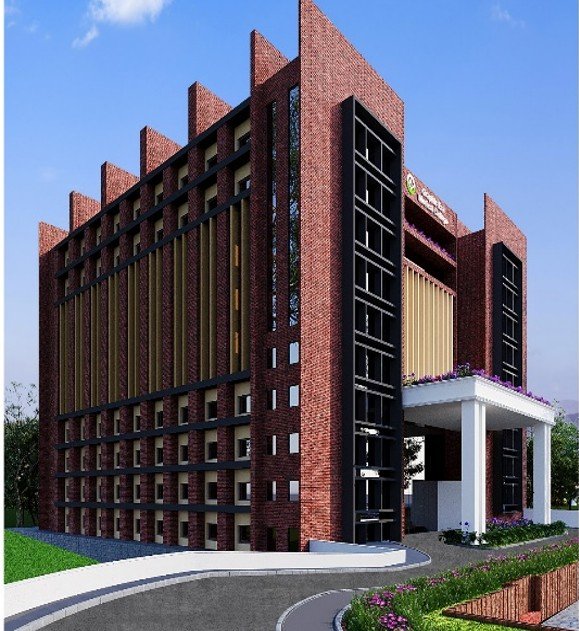Evolving Trends in Medical Education Architecture Design
In recent years, medical education campus design has undergone significant transformations, reflecting broader shifts in educational philosophy, technological advancements, and an increased focus on wellness. These campuses are evolving to meet the needs of modern students and faculty, emphasising flexibility, collaboration, and sustainability.
Here are some of the key trends shaping the future of medical education campus design.
Emphasis on Interdisciplinary Collaboration
Modern medical education campuses are designed to foster interdisciplinary collaboration. The traditional silos separating different health disciplines are being replaced by integrated spaces that encourage interaction among students and professionals from various fields. Open-plan laboratories, shared research facilities, and communal study areas promote cross-disciplinary learning and innovation. This approach not only enhances educational outcomes but also prepares students for the collaborative nature of real-world healthcare environments.
Technological Integration
Technology is at the forefront of medical education campus design. Advanced simulation labs equipped with high-fidelity mannequins, virtual reality (VR) setups, and augmented reality (AR) tools are becoming standard features. These technologies provide students with hands-on, immersive learning experiences that closely mimic real-life medical scenarios. Additionally, campuses are incorporating telemedicine facilities and digital classrooms to expand access to education and enable remote learning.
Focus on Sustainability
Sustainability is a crucial consideration in contemporary campus design. Medical education institutions by Renascent Consultants have always adopted green building practices to minimise the environmental impact. This includes the use of energy-efficient systems, sustainable materials, and designs that maximise natural light and ventilation. Many campuses are also implementing renewable energy sources such as solar panels and wind turbines. These initiatives not only reduce the ecological footprint but also create healthier, more comfortable learning environments.
Wellness-Oriented Design
Health and wellness are central themes in the design of modern medical education campuses. Facilities are being designed to promote physical and mental well-being, both for students and staff. This includes the integration of fitness centres, meditation rooms, and outdoor recreational spaces. The layout often features biophilic design elements, such as indoor gardens and green walls, which have been shown to reduce stress and enhance cognitive function. Additionally, ergonomic furniture and flexible workspaces cater to the diverse needs of the campus community.
Flexible Learning Spaces
The shift towards more dynamic and adaptable learning environments is a significant trend in medical education campus design. Traditional lecture halls are being reimagined as multi-functional spaces that can accommodate various teaching methods and learning styles. Movable furniture, modular walls, and advanced AV systems allow spaces to be easily reconfigured for different purposes, from small group discussions to large-scale lectures. This flexibility supports active learning and encourages student engagement.
Enhanced Student Services
Recognizing the importance of comprehensive student support, modern campuses are enhancing their student service offerings. This includes creating centralised hubs that house academic advising, career counselling, mental health services, and extracurricular activities. These hubs are designed to be easily accessible and welcoming, ensuring that students can readily find the support they need. Moreover, campuses are increasingly incorporating inclusive design principles to accommodate students with diverse needs and backgrounds.
Community Integration
Medical education campuses are becoming more integrated with their surrounding communities. This trend reflects a growing recognition of the role these institutions play in public health and community well-being. Campuses are opening their doors to the public through community health clinics, wellness programs, and educational outreach initiatives. This integration not only enriches the educational experience but also strengthens the institution’s connection to the community it serves.
Conclusion
The evolving trends in medical education campus design are reshaping the way future healthcare professionals are trained. By prioritising collaboration, technological integration, sustainability, wellness, flexibility, enhanced student services, and community integration, these campuses are creating environments that are conducive to learning and innovation. As these trends continue to develop, they will undoubtedly contribute to the advancement of medical education and the improvement of healthcare delivery worldwide.


